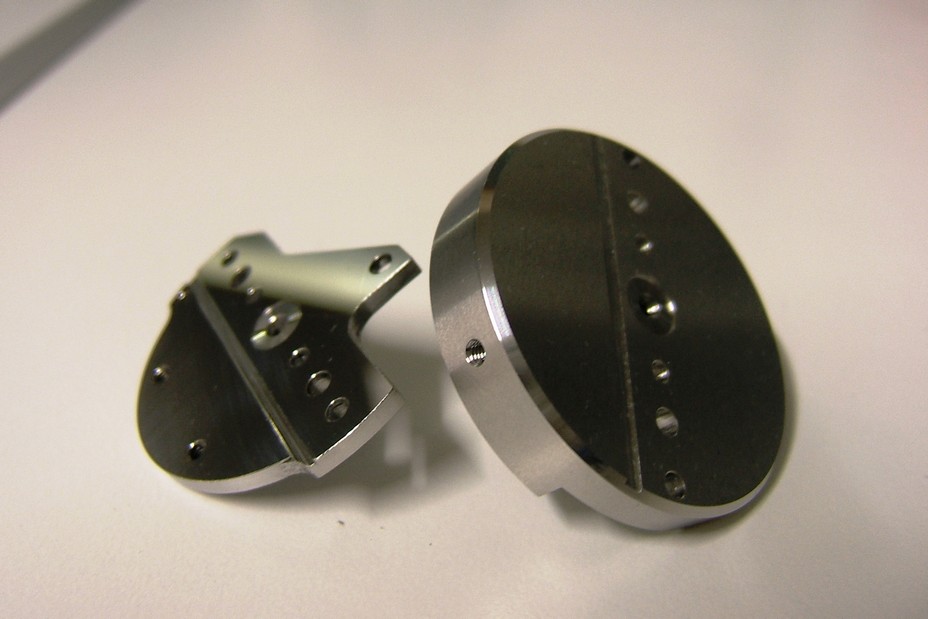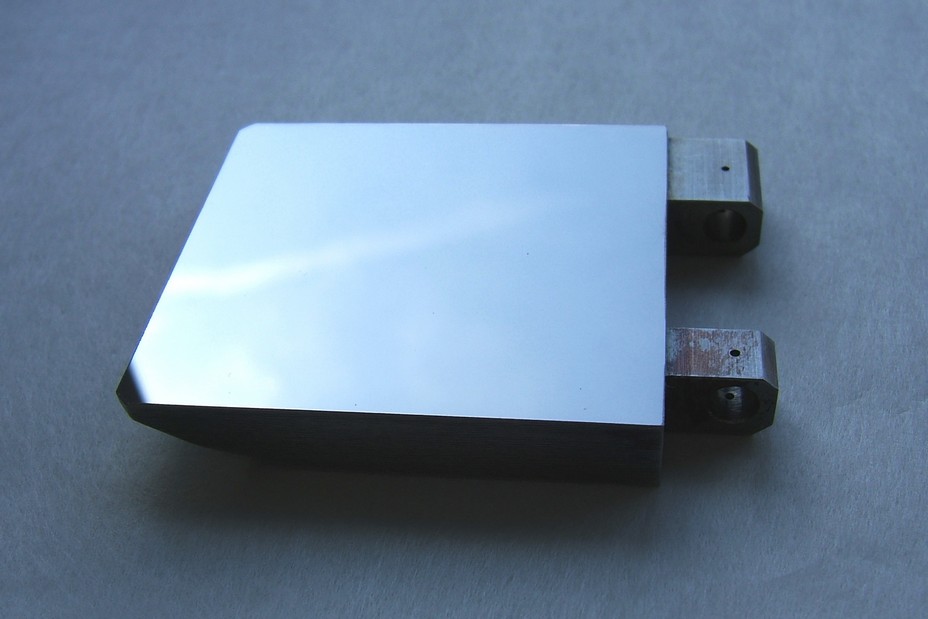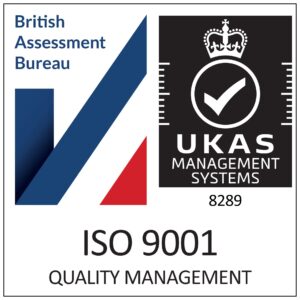Materials
Copper
Well known as the material of choice for CO2 industrial laser mirrors, copper mirrors are used in laser metal cutting, laser engraving, and laser welding. Many other infrared applications can also use copper mirrors and they are the most common laser mirror type for high energy and broadband infrared applications.
Because polished copper reflector surfaces react with the atmosphere and lose reflectivity, most, but not all cavity mirrors and beam delivery mirrors are generally used with a coating to improve reflectivity, durability, or alter polarisation on reflection.
We offer several metal mirror optical coatings:
- Electroplated gold coated copper mirrors
- MaxR zero phase shift copper mirrors for CO2 laser
- L/4 reflective phase retarder mirror for CO2 laser
- Protected silver coating for broad infrared reflectivity
Benefits of copper mirrors
When freshly polished, uncoated copper mirror surfaces have high natural reflectivity in the infrared, high thermal conductivity and a high heat capacity.
Copper is a crystalline metal, and its surface quality and laser damage resistance is limited by the micro crystallinity of the reflective surface. To improve the laser damage resistance and reduce scatter, our copper mirrors have a thin intermediate layer of electroless nickel deposited. Electroless nickel is an amorphous (glass like), non-crystalline material that can be polished to an exceptional smoothness. Electroless nickel plating also protects the whole of the mirror from oxidation and prevents contamination or reaction of exposed copper with the lasing gas such as in sealed slab discharge resonators.
Our copper mirrors are chemically polished and the surfaces are super smooth and free of imperfections from turning lines, fly cutting arcs and diffractive patterns. This gives a much higher laser induced damage threshold and a low scatter mirror surface suitable for use in the visible and UV.
Finally, our proprietary stress relieving and heat treatment gives long term stability and performance, across a wide range of operating temperatures.
For the highest laser powers and for maximum stability, sealed internal water cooling channels can be machined into the copper mirror itself.
Mirror types
As copper is readily machinable, we offer a huge range of mirror shapes and sizes such as prisms, axicons, rectangular or square mirrors, chopper wheels, knife edge mirrors and shutter mirrors. By engineering in features such as dowel holes, tapped and helicoiled holes and flanges, a well-designed copper mirror can reduce costs for OEMs in mounting, assembly and laser alignment.
We stock a wide range of copper mirrors with a selection of mirror coatings that are standard replacement parts for the most popular CO2 laser cutting systems. Whilst meeting or exceeding the OEM standards, these also cost less, as we are an optical manufacturer. We can offer replacement copper mirrors for most laser cutting & laser engraving systems.
Mirror repair and refurbishment
Used CO2 laser optics can often be reworked to as good as new condition, a service used by a growing number of our customers. The raw metal material in larger mirrors, water cooled mirrors or laser mirrors with complex engineering can be a large part of the cost of the optic, so refurbishment makes economic, technical and environmental sense – contributing to ISO 14000.
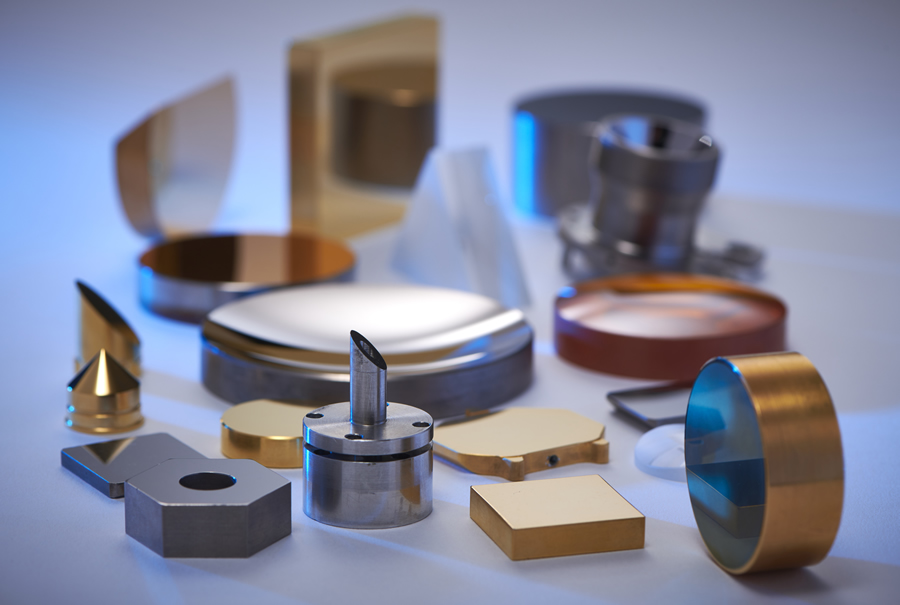
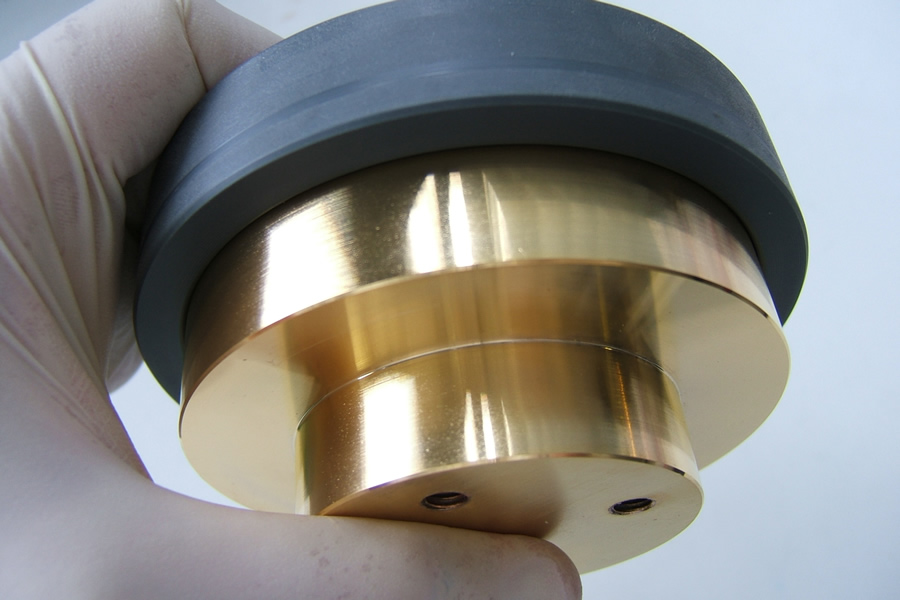
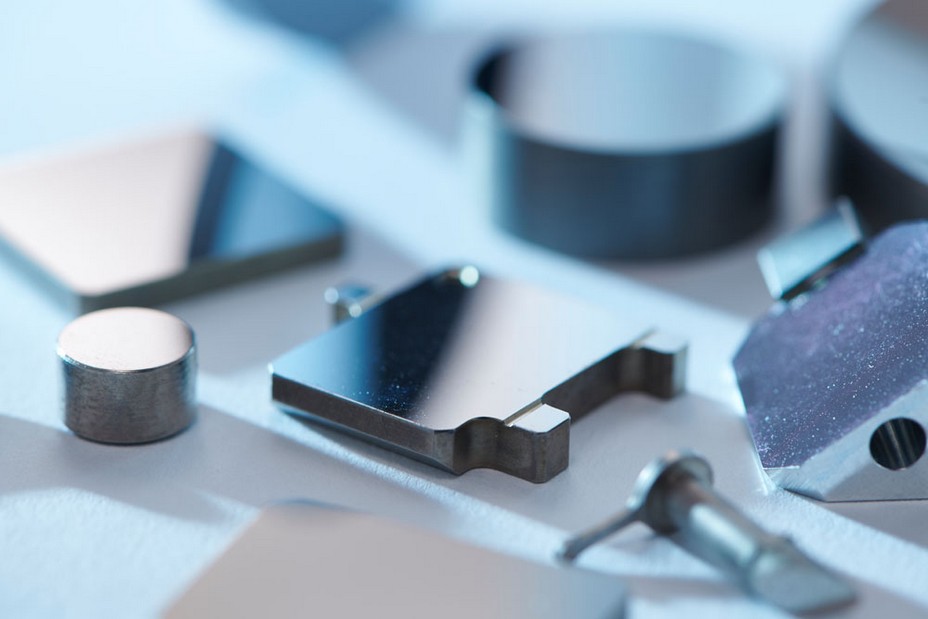

Aluminium
Aluminium and aluminium alloys can easily replace most glass mirrors, and are popular for making lightweight scanning mirrors and galvo mirrors or where overall weight is an issue such as in aerospace, defence and medical optical systems. Customers working to optimise SWaP (size, weight and power) should be aware of aluminium mirrors.
Aluminium based mirrors are a good alternative to Silicon mirrors in moving mirror or flying optics applications as aluminium is far easier to engineer into complex shapes. Further weight saving is possible by using ribbed and pocketed designs on the rear of the mirrors.
Benefits of aluminium mirrors
Our aluminium mirrors are chemically polished. This ensures that the surfaces are super smooth and free of turning lines, fly cutting arcs and diffractive patterns that can lower the surface quality.
Our proprietary stress relieving and heat treatment gives long term stability and performance across a wide range of temperatures.
We can make mirrors from intricately engineered parts where one face is needed to be a laser grade mirror surface. We can make flat, spherical and aspheric aluminium optics, with various mirror coatings.
Care needs to be taken to avoid galvanic corrosion when using metal optics. In the presence of moisture or water cooling dissimilar metals will cause electrochemical decomposition. Our Electroless Nickel plating can reduce this problem.
Mirror types
Because aluminium surfaces react with the atmosphere and lose reflectivity, most, but not all our aluminium mirrors are used with a thin film optical coating to improve reflectance and durability.
We offer several coatings:
- Electroplated gold, for near and far infrared use
- MaxR for 10.6um, high reflectivity for CO2 lasers
- Protected silver for visible and near infrared use
- A simple MgF2 overcoat for UV and visible use.
It is possible to have a thin film vacuum deposited coating optimised for other specific wavelengths, or several multiple wavelengths. For example, coatings optimised for “telecoms” wavelengths, 1 micron fiber lasers or for IR illumination.
To improve the laser damage resistance and reduce scatter, our aluminium mirrors have an intermediate layer of electroless nickel deposited. This gives an amorphous, non-crystalline surface of exceptional smoothness. Electroless nickel also protects the whole of the mirror from oxidation.
Silicon
Silicon is a readily available material for making mirrors for use in CO2 laser systems It can be polished in large batches and coated with a number of dielectric coatings to enhance its reflectance and/or phase shift characteristics.
Often found in relatively low power lasers up to 1200 watts, silicon is the go-to material for many OEM laser manufacturers due to its thermal stability, availability and affordability.
In optical grade form, we also offer silicon lenses for use in thermal imaging applications typically 3-5 microns wavelength.
Silicon scraper mirrors are commonly used in CO2 slab discharge lasers and we have supplied such mirrors to the OEM sector.
Benefits of silicon mirrors
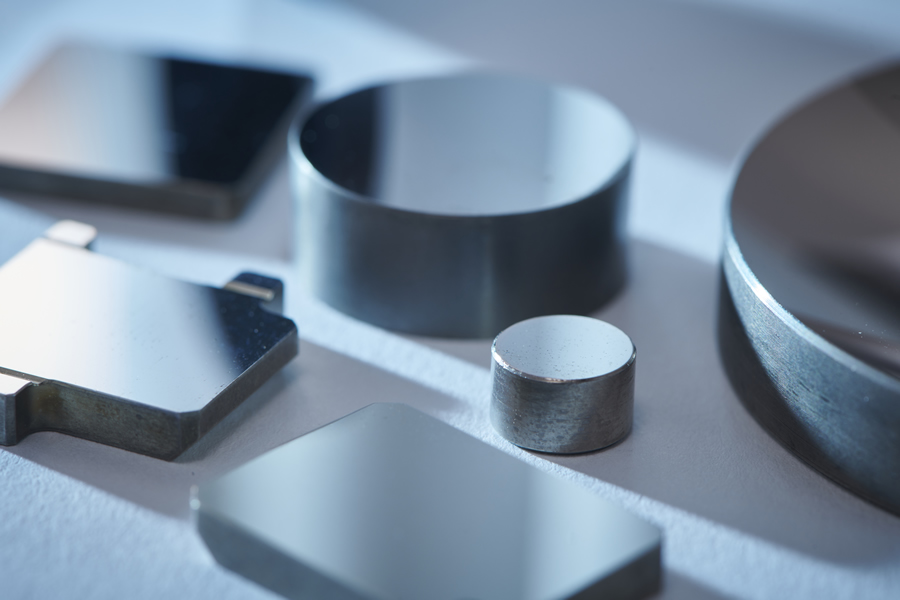
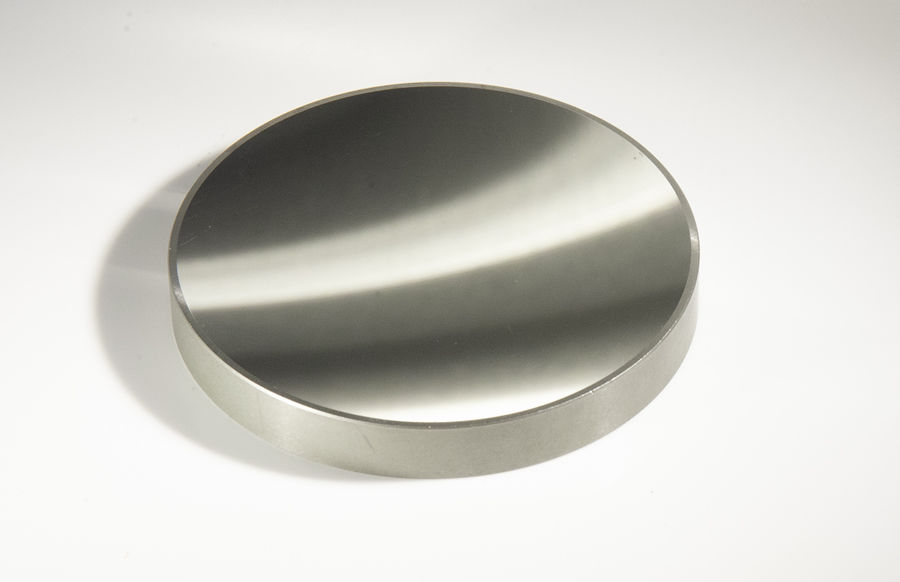
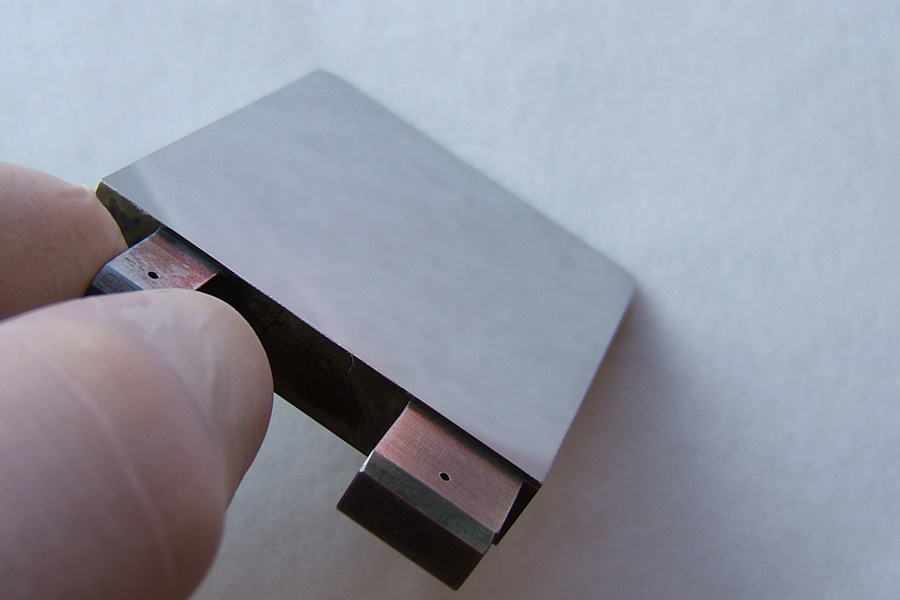
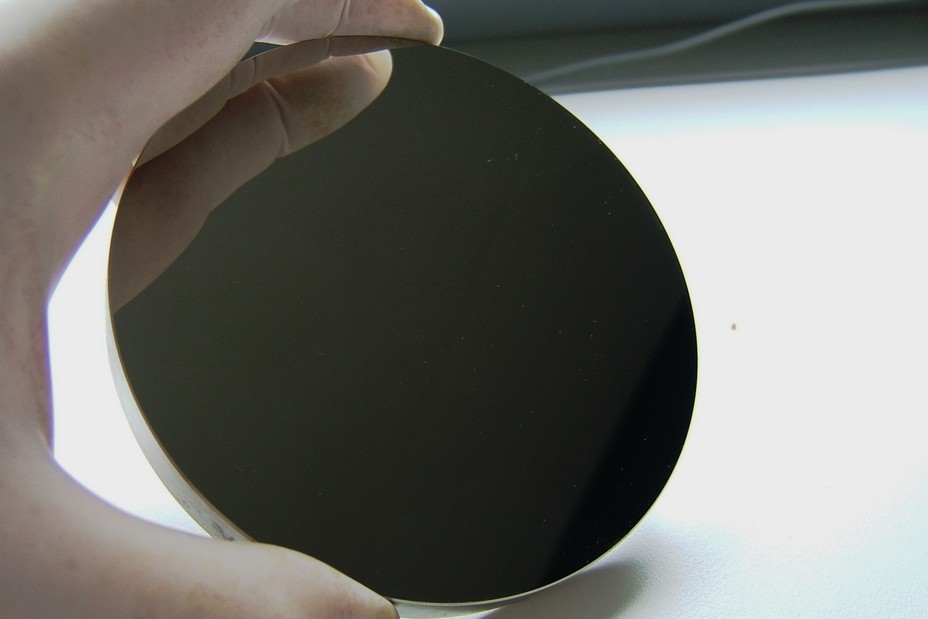
Molybdenum
Solid molybdenum mirrors are used in high power CO2 laser welding where debris and back spatter would destroy other mirrors. They are also used in TEA lasers where the high pulse energies can cause localised melting on the face and thus initiate laser damage. In laser cutting the final mirror of the delivery system is often upgraded to a molybdenum one, as this is the most exposed and therefore most frequently damaged mirror.
For infrared uses, polished uncoated molybdenum has a high natural broad band reflectivity of approximately 98%. The reflectivity falls steeply at less than 2um wavelength, so molybdenum mirrors are not used with Nd:YAG, fiber or disc lasers.
It’s not just high power CO2 lasers that can benefit from molybdenum mirrors. Er:YAG lasers – especially surgical and dental laser systems – Quantum Cascade Lasers (QCL) for gas sensing and spectroscopy, in fact any infrared application longer than 2um wavelength that needs durable, tough, and chemically resistant mirrors benefit from using solid molybdenum mirrors.
Benefits of molybdenum mirrors
Uncoated solid Molybdenum (“Moly”) mirrors are simply the toughest, most durable, longest lasting laser mirrors available.
Molybdenum has the lowest thermal expansion of any commercially used metal and will withstand extreme temperatures without significantly expanding or softening. It has a Melting Point of 2,623 °C (4,753 °F).
Molybdenum mirrors need no coating; the extremely hard surface resists weld spatter, fumes, smoke and process debris. Molybdenum mirrors can be scrubbed with brushes, soak cleaned in organic solvents or detergents repeatedly.
Repolishing of used molybdenum mirrors is very cost effective and can be done many times if removed from service as part of a controlled maintenance plan.
Finally, the phase shift on reflection is very low and reliable (1 degree or so for CO2 laser) eliminating polarisation issues that interfere with sheet metal cutting.
Molybdenum mirrors are useful if a mirror has to be used facing upwards, so prone to collecting dirt and dust.
Mirror types & sizes
Molybdenum is difficult to machine so most mirrors are circular, with a diameter thickness ratio of 5:1. It is difficult to include threads or milled areas in the material and internal water cooling channels are not practical. Demanding tolerances on thickness and flatness should be avoided for molybdenum mirrors.
Most molybdenum mirrors are between 10mm and 80mm diameter, and although any size is possible it is most economical to use a standard mirror size made in quantity.
Extreme surface smoothness, obtainable on copper and aluminium is not possible with molybdenum. We cannot manufacture aspherics from Molybdenum.
Stainless steel
Mirrors made from uncoated stainless steel (or Inox) are extremely versatile with uses in many industries such as pharmaceutical, brewing, medical and nuclear. The corrosion resistance of stainless steel is perfect for use in outdoor applications and in humid or dusty conditions.
The hard polished mirror surface can be used as a reference for other optics or equipment to be mounted on. Stainless can be CNC machined or ground to great accuracy before polishing.
Benefits of stainless steel mirrors
We have made circular, rectangular and even multifaceted prisms from stainless steel, with laser quality polished reflective surfaces. The typical reflectivity of stainless steel in the visible spectrum is 60%.
The ready availability of stainless steel and ease of machining means low prices and quick delivery times even for single prototype mirrors.
We can polish most grades of stainless steel, 316L is commonly used.
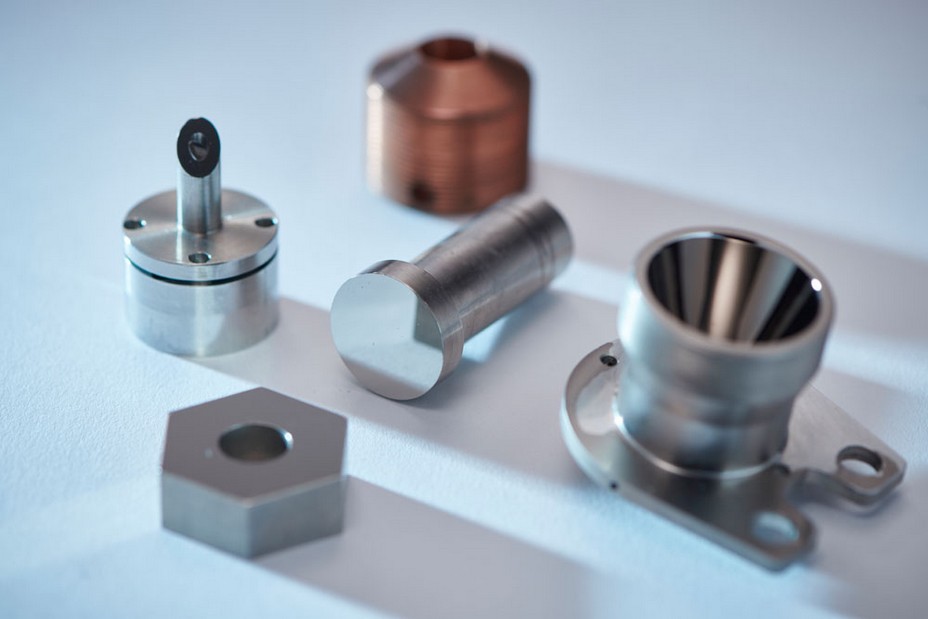
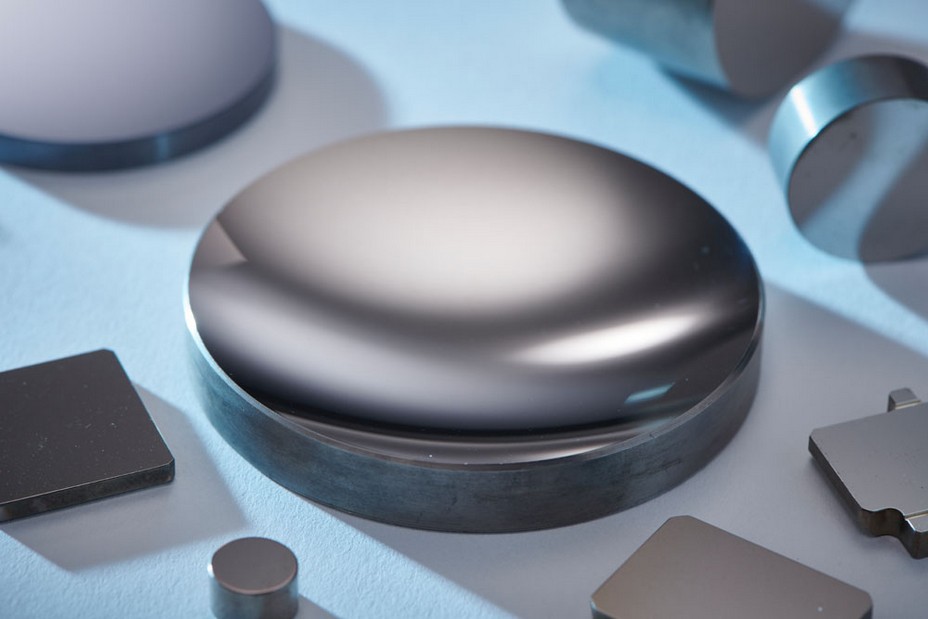
E-nickel
These are the benefits of E-Nickel mirrors:
Chemical Inertness
Manufacturers of high powered CO2 lasers have long specified nickel plated copper mirrors for their cavity mirrors, especially in slab discharge lasers or sealed laser cavities. The reasons are:
a. Inertness to the discharge laser gas – they believe the hot laser gas discharge can react with any exposed copper and undermine the coating at any borders/edges.
b. The copper reacts with the discharge and can contaminate the laser gas.
Inertness to cooling water
Copper in the presence of water and dissimilar metals such as steel water fittings, aluminium mounts etc., will corrode and sludge up the cooling water.
Surface Smoothness
A diamond machined copper mirror (depending on its quality and the age of the cutting tool) will have visible cutting arcs and regularly spaced chatter patterns on the face. Along with this though is the crystalline structure of the copper. The surface grains of copper are typically a few hundred microns in size and give the mirror surface a crazed or granular appearance. Laser damage occurs when these individual grains break away from each other (in the same way a crazy paving stone can break away from the rest). Electroless nickel is amorphous, it has no crystalline grain structure so the polished surfaces are smoother and withstand higher laser powers.
Ease of cleaning/preparing for coating
Other materials
We are always happy to make trials on novel materials and over the years we’ve accumulated a database of dozens that we have production processes prepared for. These include molybdenum, tungsten, aluminium, ARCAP, brass, Be-Cu, nickel, titanium, ceramics, alloys and 406 stainless steel.
Beryllium/Copper alloy
Not to be confused with pure beryllium metal, which as a dust is highly toxic, beryllium/copper (Be-Cu) is an alloy that has useful properties for elastic or deformable structures, such as adaptive mirrors and deformable mirrors.
We have developed annealing and plating techniques to make highly accurate Be/Cu mirrors that are easily deformable in a controlled way and elastic enough to return to their original surface form.
To date we have made gold coatings and MaxR coatings on these types of mirrors, but we think customers will find uses and applications we have yet to think of for these very useful products. Please contact us with your ideas!
Hardened Metal Mirrors
There are many industries where the demands on an optical mirror are more than reflectivity and laser damage threshold. For example, surface hardness, chemical resistance and magnetic properties might be important.
We have had several requests for more unusual materials. We have made square mirrors from EN31 (a tool steel hardened to Rockwell 60-64) and we’ve produced mirrors from the more exotic titanium (Grade 5) which is widely used in the aerospace and medical industries.
Brass
Brass is an alloy of copper and zinc, the different alloy ratios can give metals with varying properties such as naval brass and DZR brass.
The absence of ferromagnetism can be useful and its corrosion resistance means it finds uses in water, steam and boiler equipment. It’s a popular metal in scientific instruments, as it will not spark.
Brass responds well to photochemical milling, allowing thin intricate structures to be made economically. It also plates with electroless nickel extremely well, allowing it to be gold plated.
Transmissive Materials
